In the competitive world of estate agency, it’s crucial your marketing and communications hit the mark every time.
You want your blogs, vlogs, emails and written materials to reach as many people as possible.
You want your agency’s name to be the first that comes to mind when someone thinks about buying, selling, renting or letting a property.
And when a potential client contacts you to discuss their next move, you need your guides, leaflets and any other marketing materials to help, educate and inform.
If you’re a good agent, you put a lot of time and effort into getting things right.
Don’t miss out
So, you might be disappointed to learn that 10%* of your potential readership may never engage with your content.
They may be interested in what you have to say and find the subject matter relevant – but because they have dyslexia, they find your content hard to read.
Nearly every estate agency around the country inadvertently alienates this significant segment of the population by not making their content accessible to people with dyslexia.
They’re clearly missing a trick – that 10% equates to around 6 million people, many of whom will be potential clients.
The good news is your agency can lead the way, do the right thing and help more people understand how the property world works.
Accessible presentation
Creating dyslexia-friendly marketing content isn’t difficult or expensive – it just requires a bit of thought.
You don’t have to produce different materials to reach this underserved audience; you just need to make a few adjustments to what you do already.
Once you’ve incorporated these small changes into your marketing and communications strategy, they’ll quickly become second nature.
And the good news is, it won’t just be dyslexic people who find your marketing more accessible; all your customers will find it easier to read.
But first, what is dyslexia?
As mentioned already, around 10% of Brits have dyslexia*, a learning difference affecting a person’s ability to read, write and spell.
The condition can be inherited or result from a traumatic injury or illness.
Because people with dyslexia struggle to read accurately and fluently, they may have been told at school they’re lazy, unintelligent or not paying attention. This isn’t true in the vast majority of cases.
Dyslexia is not an indicator of intellectual ability or IQ.
In fact, many people with dyslexia have strengths in problem-solving, design, entrepreneurship and creativity.
Famous dyslexics include Robin Williams, Sir Richard Branson, Keira Knightley and Albert Einstein.
While symptoms and experiences of dyslexia vary, many people with the condition:
- Find it hard to read and process text quickly.
- Confuse letters that look similar. They may get their ‘b’s and ‘d’s or ‘p’s and ‘q’s mixed up.
- Muddle words that look similar, like ‘cat’ and ‘cot’.
- Report that when they read, words appear to be moving around on the page or screen.
This can make reading and analysing large amounts of written information exhausting and frustrating.
So, why not do something to help them while growing your agency’s audience?
Creating dyslexia-friendly content
Formatting and presentation
Do
- Use clear and easy-to-read fonts. The British Dyslexia Association (BDA) recommends the sans serif fonts Arial, Comic Sans, Verdana, Tahoma, Century Gothic, Trebuchet, Calibri or Open Sans.
- Include plenty of white space.
- Emphasise keywords by putting them in bold.
- Use italics sparingly. Many people with dyslexia find italicised words hard to read.
- Consider including images, audio or video to help get your message across. (This is where social media comes to the fore.)
- Refer your graphic designer to https://tinyurl.com/4734b8uh for more specific tips from the BDA about spacing between words, text alignment, justification, indents, line and paragraph spacing.
- Avoid high contrasting colours. Opt for dark-coloured text on a gentle off-white background, instead of a stark white one.
Don’t
- Use small fonts. The BDA suggests font size should be 12 to 14 point.
- Use all capital letters in sentences or paragraphs, as this may be difficult to read.
- Present text on a patterned background, as this can be distracting. Instead, opt for single-colour backgrounds.
- Present text in large, unbroken slabs. Break information up with sub-headings.
Language and writing and other support
Do
- Use simple language.
- Be concise. Sentences that are 60 to 70 characters long are ideal.
- Break reams of information down into easy-to-read bullet points or numbered lists.
- Offer audio transcripts or captions for videos and transcripts for podcasts to support individuals who need extra assistance in understanding your message.
Don’t
- Employ complicated language. Your attempts to show off how knowledgeable you are won’t impress – your readers will switch off.
Five ways that your agency can help dyslexic people
- Consider using a video messaging service, such as Loom, to get your message across rather than emailing.
- Do an audit on how dyslexia-friendly your content and communications are. (This guide will provide a useful reference.)
- Create templates with dyslexia-friendly layouts so that every document you produce is easy to read. This will also save your staff time.
- Ask customers with dyslexia what they need. Let them know what you’re trying to do and make it clear that you would welcome their feedback.
- Talk to your staff about dyslexia. Make them aware of why you’re making changes to your marketing style. You can’t do it without them on board.
Here’s an example of a dyslexia-friendly blog
What your tenants need to know on moving-in day
Want to get your new tenancy off to a good start and safeguard against future disputes?
Then here are some important things you should tell your tenants on moving-in day.
Let’s face it, finding good tenants and getting all the relevant paperwork ready for a new tenancy is hard work.
As well as arranging viewings and reference checks, landlords have to finalise the contract, compile an inventory and take meter readings.
By the time all this is done, most landlords are itching to get the moving-in formalities over with quickly and leave their tenants to unpack.
But while it may be tempting to hand over the keys and leg it faster than Usain Bolt, it’s best to take a different approach.
We suggest you take the opportunity to talk through a few practical issues with your new tenants.
This informal, in-person chat will build trust and reduce the chances of conflict later on. It will also mean that tenants don’t have to chase you up with niggling, minor queries.
Here are five things you should discuss with your tenants on the day they move in.
- Rules on rubbish
Avoid the ugly sight and smell of overflowing bins outside your rental property by explaining the rules on rubbish disposal.
Outline when the bins are collected and what items should be recycled or put into food waste.
- Light bulb reminder
If the lighting in your property relies on dimmer switches, remind your tenant that only dimmable light bulbs should be used (this should be specified on the packaging).
Using standard bulbs with dimmer lights is a potential fire hazard.
- Fuse box explainer
It’s useful for tenants to know where the fuse box is so that if a fuse trips, they can reset it (if it’s safe to do so).
- Show tenants where the stopcock is
If a pipe bursts or a tap breaks, you’ll want your tenants to act quickly.
Show them where the stopcock is located so that if there is an emergency, they can turn off the internal water supply to prevent flooding.
- Appliance information
Run through how to operate the boiler and any other appliances where it might not be straightforward.
Leave copies of appliance manuals with tenants so they can refer to them if needed.
We hope you found this guide useful. For more information on dyslexia visit:
*British Dyslexia Association: www.bdadyslexia.org.uk
Copyright 2023 EACC


 7 minute read posted by
7 minute read posted by 



Share this with
Email
Facebook
Messenger
Twitter
Pinterest
LinkedIn
Copy this link